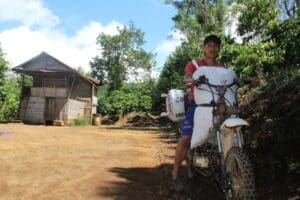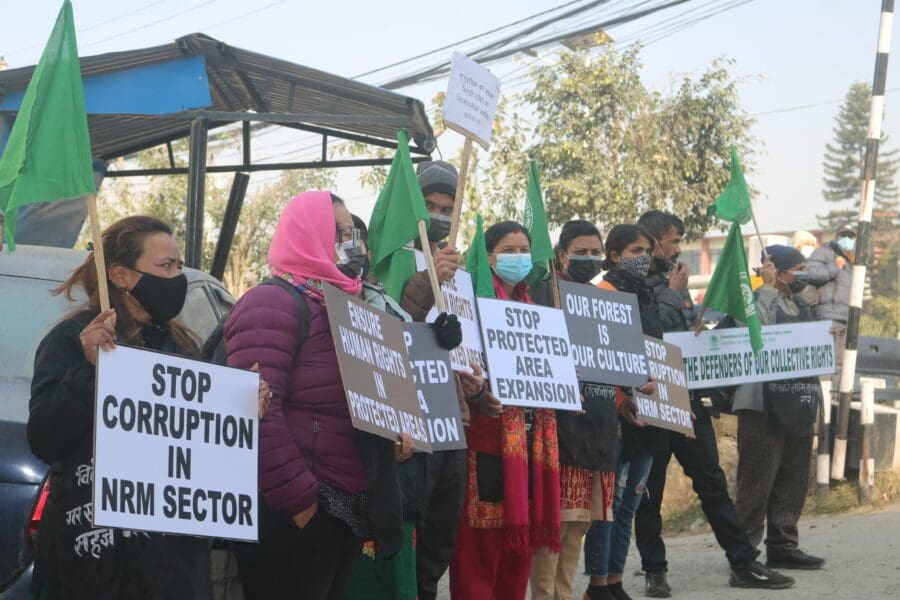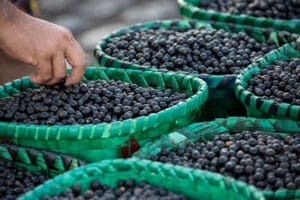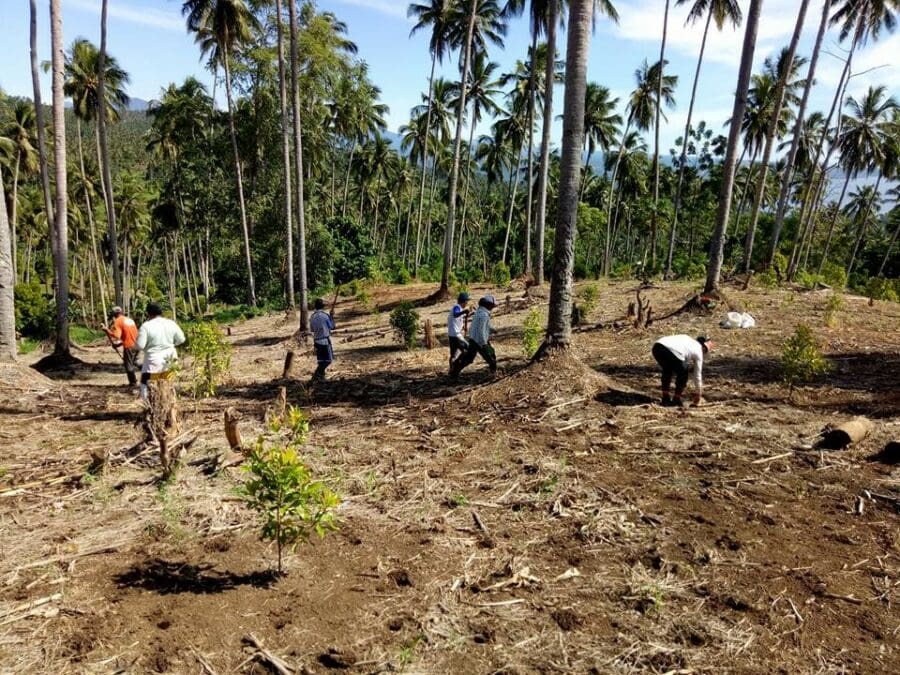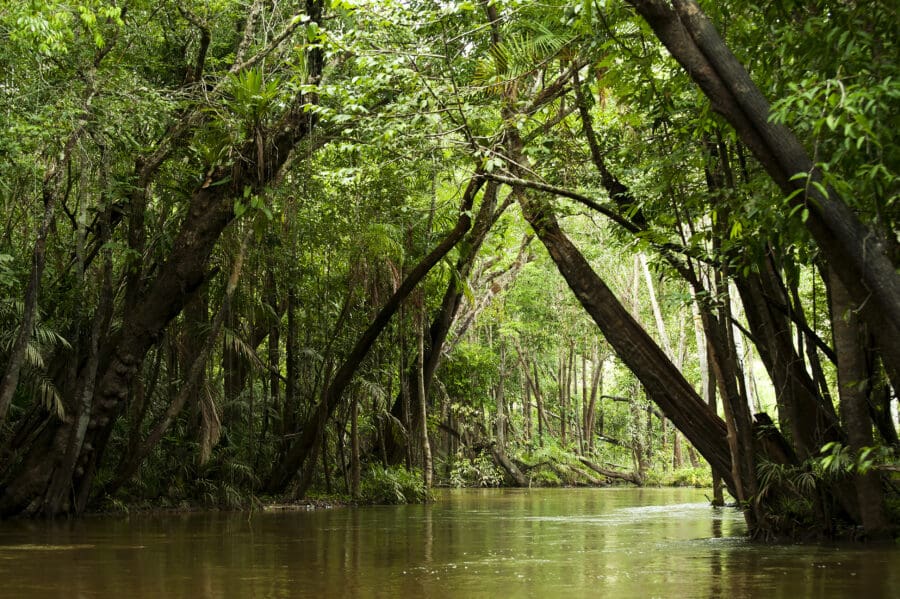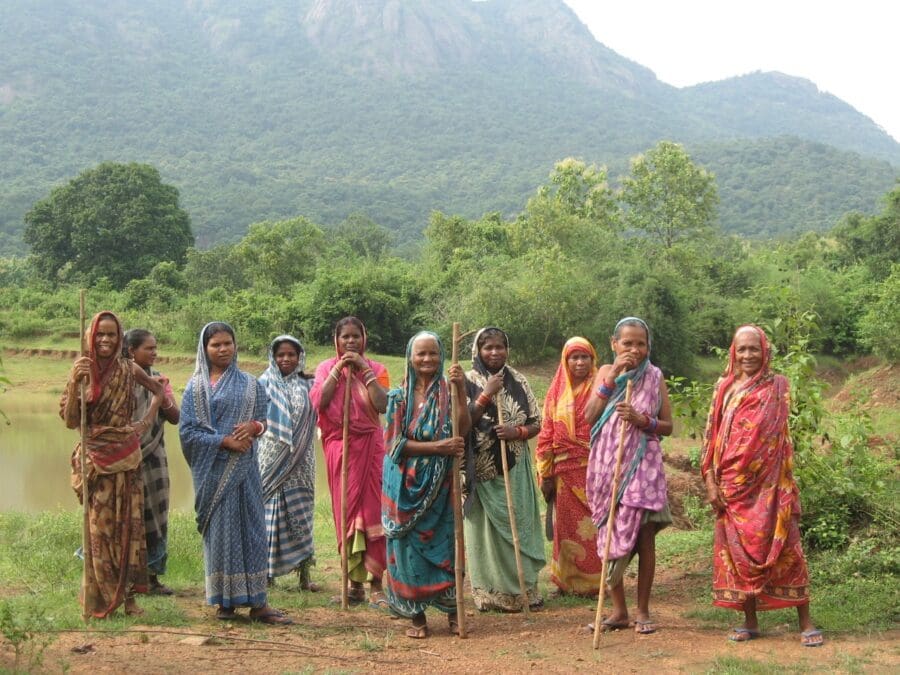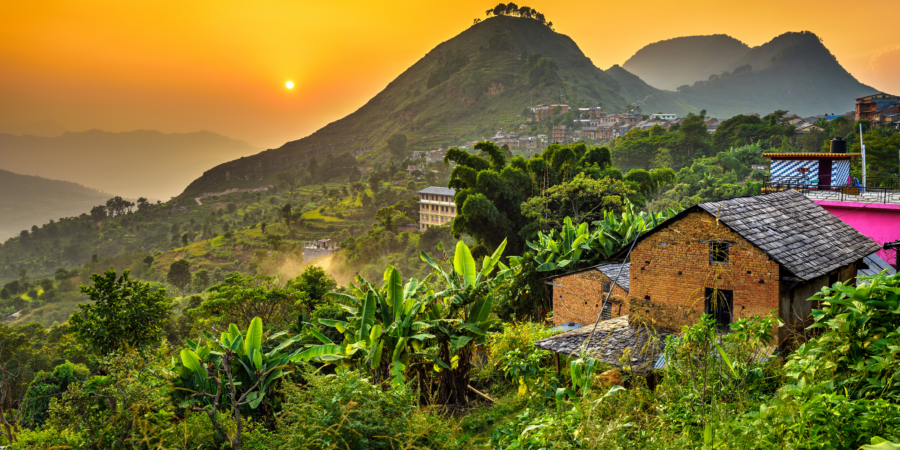In October 2021, government leaders from around the world initiated the 15th Conference of the Parties (COP15) to the Convention on Biological Diversity (CBD) to define the future of global conservation action. It is expected that in May 2022, as the process ends, parties will adopt the post-2020 Global Biodiversity Framework (GBF).
Spatial targets, such as the ambitious 30×30 target to place 30 percent of the world’s land and water under formal protection by 2030, have been the predominant empirical standard for measuring conservation success within the GBF. A new report, co-written by 20 Indigenous and community organizations part of RRI’s Asia coalition, shows that to mitigate climate change and biodiversity loss effectively and equitably, conservation efforts must end exclusionary approaches, embrace human rights-based strategies, and advance the recognition of the land and resource rights of the region’s Indigenous Peoples and local communities.
While not all protected areas or conservation approaches in Asia conflict with Indigenous Peoples and local communities, many protected-area approaches have sought to preserve biodiversity by relocating people and prohibiting access or traditional use within protected area boundaries.
Understanding how global environmental targets such as 30×30 have and continue to be developed and implemented around the world requires a critical look at the political and economic history of conservation itself. This report looks at how the use of spatial targets are often used to exert power and control over rural spaces or advance public and private interests at the expense of protecting the human rights of those who bear the brunt of its costs.
While exclusionary protected areas are often the most celebrated approach to meeting global conservation goals, evidence shows that when taken together, the territories and areas governed, managed, and conserved by Indigenous Peoples and local communities demonstrate lower rates of deforestation, store more carbon, and hold more biodiversity than lands managed by either public or private entities.
This makes Indigenous Peoples and local communities conservation leaders in their own right, even as they fight for space at the decision-making table on international stages.
The importance of Indigenous Peoples and local communities in conservation
Globally, Indigenous Peoples and local communities have long been custodians of biodiversity. They customarily own over half the world’s lands, and their territories are estimated to contain 36% of the world’s remaining intact forest landscapes and 80% of remaining biodiversity.
However, in Asia, only 8.7% of territories held by Indigenous Peoples and local communities are legally recognized.
This lack of adequate rights and enforcement of existing rights makes any plans by governments and other actors to expand the continent’s protected areas a deeply political human rights issue. The success of conservation practices in the region hinges on supporting the political struggles of Indigenous and local community groups to gain recognition and enforcement of their customary rights over identities, lands, territories, and resources.
Indigenous Peoples’ valuable contributions protecting biodiversity are directly linked to their plurality of world views, time-tested practices, and relational values expressed through intergenerational knowledge systems. Each community interacts with its local environment through a different set of rules, traditional institutions, and sustainable practices. These will be side-lined if national governments continue to favor top-down exclusionary and Western conservation modalities, an extension of the colonial history of much of the region.
Overall, the region epitomizes the type of political environment that favors businesses at the expense of human rights. Governments often use protected areas to gain strategic control over rural landscapes while offsetting environmental exploitation elsewhere. These challenges have been exacerbated throughout the COVID-19 pandemic, even as communities continue to show immense resilience.
“The Wealth of Our Forests: An Indigenous Message to the World,” a music video co-produced by Indigenous youth activists, Asia Indigenous Peoples Pact (AIPP), and Little Anarky Films.
The way forward
Promoting Indigenous and community governance over biodiverse lands will cost a fraction of the financial burden of mainstream approaches. Indigenous Peoples and local communities are already actively involved in conserving their ancestral and traditional territories, making both direct and in-kind investments in the management, restoration, and preservation of natural resource systems that they and others depend on.
The notional cost of resettling and compensating communities and replacing existing community conservation practices in the event of displacement could be anywhere between 100 to more than 1,000 times the cost of recognizing their tenure rights.
While a range of safeguards have been developed to ensure that conservation actors respect the land and resource rights of Indigenous Peoples and local communities, the world lacks a common set of globally recognized principles grounded in international human rights laws and developed in collaboration with rightsholders themselves.
One key remedy that this new report puts forth is for governments and organizations to adopt the Land Rights Standard for conservation efforts, initiated by RRI, the Global Landscapes Forum, and the Indigenous Peoples Major Group (IPMG) for Sustainable Development. The Land Rights Standard provides clear and actionable best practices for recognizing and respecting Indigenous Peoples’ and local communities’ land and resource rights in landscape restoration, management, conservation, climate action, and development projects and programs.
Ultimately, as this report shows, the full and secure recognition of Indigenous Peoples’ and local communities’ rights is a non-negotiable solution to the dual crises of conservation and climate threatening our planet’s future.


